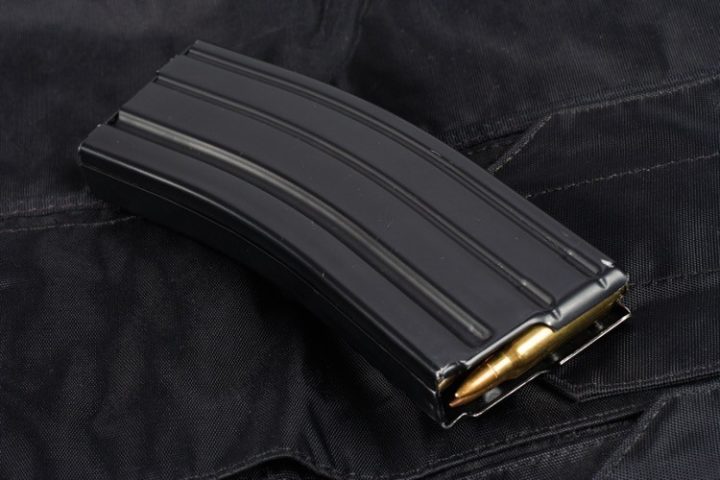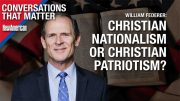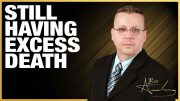
Reverberations from the Supreme Court’s ruling in New York State Rifle & Pistol Association v. Bruen holding that both the Second and 14th Amendments to the U.S. Constitution protect an individual’s right to carry a handgun for self defense outside the home reached Los Angeles on Wednesday.
Ernest Eskridge, assistant commanding officer for the LAPD’s Detective Bureau, announced suspension of enforcement of the city’s ban on magazines holding more than 10 rounds, effective immediately.
He saw the writing on the wall. After ruling in Bruen in June, the high court also disposed of a number of other related lawsuits, including one challenging the Los Angeles magazine ban, Duncan v. Bonta.
“Due to this ruling,” wrote Eskridge, “Department sworn personnel shall not investigate, detain, or arrest any persons … [in] possession of firearm magazines capable of holding more than 10 rounds of ammunition.”
The city’s ban was authored by LA City Councilmember Paul Krekorian, and enforcement began in November of 2015. Krekorian celebrated the event at the time:
The City Council banned the possession of large-capacity magazines to give law enforcement another tool to keep people safe and get these dangerous devices off the streets.
Starting next week, Los Angeles wilI start enforcing and upholding the ban. I urge anyone currently in possession of these illegal magazines to dispose of them legally at an LAPD station before enforcement begins.
That a limit on magazine capacities would somehow “keep people safe” is another gun-control myth used to justify infringing on the Second Amendment. The argument goes like this: A higher “rate of fire” from a firearm with a “high-capacity” magazine allows perps to kill more people in a shorter period of time.
In his book Countering the Mass Shooter Threat, author Michael Martin examined the evidence by looking at the actual rates of fire from recent mass shootings:
The cowardly Newtown shooter fired at a rate of fire no faster than the 150-year-old lever-action Henry rifle [used during the Civil War] — even though he had ten 30-round magazines and an AR-15.
The despicable Fort Hood shooter was one-third slower than that, while the mass murderer at Virginia Tech was 50 percent slower.
Even the San Bernardino shooters, who carried AR-15s and 30-round magazines, fired at a rate no faster than one round every 3.3 seconds. This is 40 percent slower than the lever-action Henry.
The coward who shot up a theater in Aurora, Colorado, fired at a rate no faster than the 170-year-old single-shot Sharps rifle — even though he had a 100-round magazine. Keep in mind, the Sharps rifle has a capacity of one round!
Finally, the Red Lake shooter and the Columbine shooters fired at a rate of fire no faster than the 240-year-old, muzzle-loading flintlock Kentucky rifle.
In the real world, Martin explained, large magazines are heavy, make a firearm difficult to handle, and result in a higher incidence of misfires. Take the Aurora, Colorado mass shooting, for example:
The Aurora, Colorado theater shooter brought one single AR-15 magazine with him, which held 100 rounds. Not only did that make his firearm incredibly heavy and unwieldy, the magazine also failed completely after approximately 45 rounds, and his incredibly slow rate of fire (one round every four to seven seconds, no faster than a single-shot rifle) would indicate that he most likely was fighting misfeeds right up until the point that the magazine failed.
In fact, commands that magazines be limited to 10 rounds might actually increase the rate of fire:
Had he been using 10-round magazines, it’s unlikely that any failure would have occurred, and his rate of fire could have been much higher. [Emphasis added.]
Martin concluded:
When politicians who know absolutely nothing about firearms attempt to make firearms policy, they shouldn’t be surprised when their actions don’t have the desired effect.
The effects of the Bruen decision (thanks to originalists nominated to the Supreme Court by President Donald Trump) continue to resonate throughout the land, to the benefit of law-abiding gun owners specifically and the populace in general.



